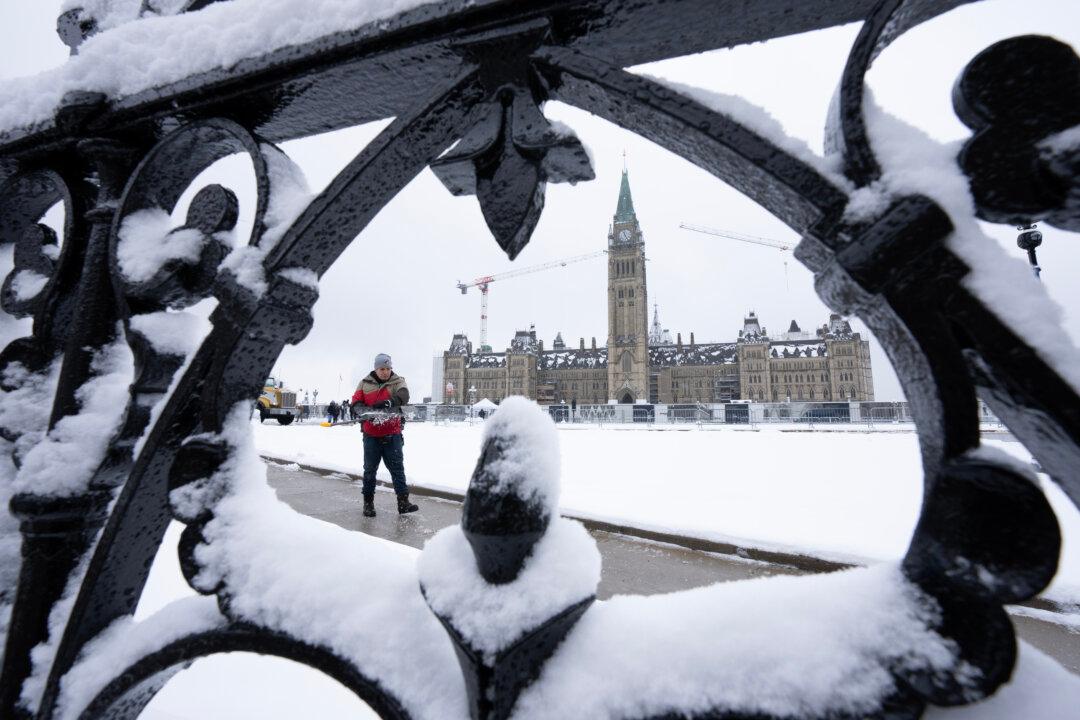Health officials in two provinces confirmed four new cases of the novel coronavirus in Canada on Saturday, but insisted the disease is not widely circulating in this country despite the influx.
The new cases, three in the Greater Toronto Area and one near Vancouver, bring the total number of confirmed or presumed COVID-19 infections in Canada to 20.





